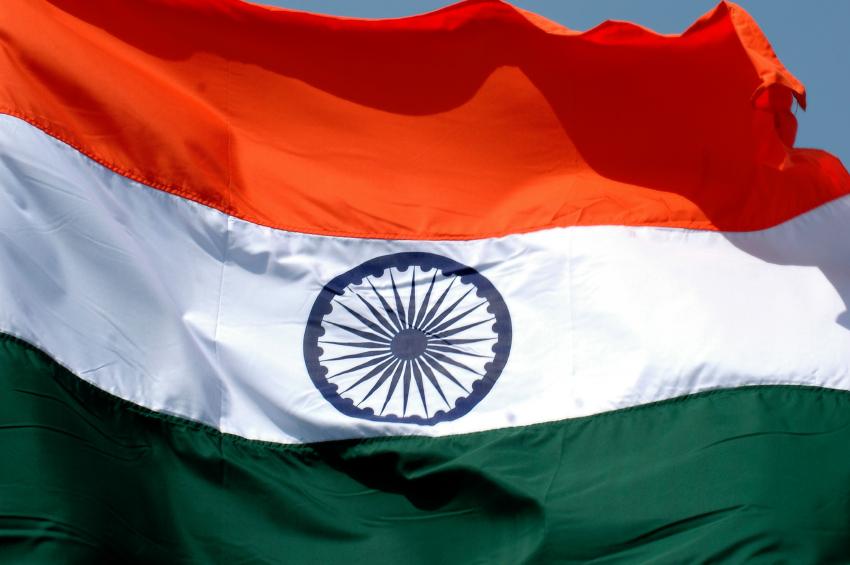Components Banks to Help Indian Start-ups: IESA

By Ms Aanchal Ghatak & Pradeep Chakraborty
Large-scale manufacturing of India-designed products has still to pick up in the Indian electronics industry. In this context, Dr. Satya Gupta, co-founder and CEO, Senzopt Technologies India, and Member, Executive Council, IESA, discusses how the India Electronics & Semiconductor Association (IESA) is working toward building India as an electronics manufacturing hub by 2030 and what other programs will help promote innovation in India.

These start-ups will drive innovation in mega trends like Industry 4.0, connected mobility, smart cities, healthcare, 5G, agritech, etc., creating a big impact towards the strategic growth of India.
Scaling up of IESA initiatives, like state-level ESDM policies, electroprenuer parks, sector-specific CoEs, Nethra, Startup exchange network, etc., will help in achieving this vision through partnerships with the Central and State Governments, including the academia. Through these initiatives, we should be able to create business value of Rs. 100K crores in the next 5-7 years.
In that case, when will local, Indian innovation actually start creating some global impact?
India has already started doing significant electronics manufacturing in traditional electronics products, such as smartphones, STBs, white goods, accessories, etc. Innovative products through these startups will invigorate innovation and design-led manufacturing. This will help the Indian electronics manufacturing ecosystem to move towards high value-add manufacturing.
Local innovations have already started making global impact. Intelligent electronics product companies like Tejas, Grey-orange, Mybox, Ather energy, Cirel, etc., have significant presence outside India and are expanding. As some of the start-ups, which are currently in the early stage scale-up, they will start creating bigger global impact.
How is EMS doing in India, and what is the IESA doing to boost EMS?
We feel that the major challenge for the EMS companies is the demand. As the number and volume of the products designed in India is low, it is difficult for the Indian EMS companies to scale-up. The IESA is trying to address this by promoting a large number of domestic intelligent electronics companies, which will create and accelerate demand.
The other major challenge for both start-ups and EMS companies is the component suppliers meeting the lead time and cost requirements. IESA is planning to address these issues by working with distributors and component manufacturers to serve the need of both SMEs and larger domestic product companies.
We also plan to work with the Indian Government to work on any anomaly in the duty structure of the components to remove any financial disadvantage of design and manufacturing of electronics products in India.
The other initiative that we are planning is to set-up components banks. This will help the start-ups in getting the required components in small quantities in time and at a reasonable cost, thereby cutting down on the overall cost and time for new product development.
Lastly, what are the interests as far as large-scale manufacturing is concerned?
Large-scale manufacturing requires the following ingredients: consumption, operational cost, and products.
India is performing very well on the first two scales as the global product companies are setting up large captive manufacturing facilities to produce their products to serve the domestic demand, and subsequently exports. We see this trend will continue to grow. In the next 10 years, India will reach the no. 2 spot in electronics manufacturing.
On the other front, large-scale manufacturing of India-designed products has still to pick up in terms of volume. We expect the IESA and India focus on domestic intelligent electronics companies in growing this part of high value-add manufacturing to start yielding results in next 5-10 years.
Policies like Preference for Domestically Manufactured Electronic Goods (PMA) can also help in this as Indian companies can design and manufacture standard products such as STBs, Wi-Fi routers, energy meters efficiently, given a chance. IESA will continue to push for effective implementation of these and other policies.











